Turkey hunting is one of the main recreational activities that demand some particular knowledge about turkeys and their living conditions. One of the most important factors of a good hunt is to know how to locate turkey roost.
These are the places where turkeys nest, which automatically makes it ideal for hunters who get to choose the right position. Here is an excellent overview of how turkeys behave, how to spot where they roost, and in general, how to do turkey hunting.
Understanding Turkey Behavior
Determining a turkey roost is vital to learn and it’s all about the turkey’s behaviors. Wild turkeys are active all the time throughout the day and retreat to hide in places at night.
They are known to be affected by climate changes, weather, and the pressure of hunters. Turkeys are gregarious animals who love to live in groups and use their eyes to alert them of dangers.
What Is a Turkey Roost?
A Turkey’s roost is a position where the turkey congregates to spend the night resting. These are mostly in large trees since the animal believes that when roosting, the best place is high on a tree to avoid dangers. They serve as safe resting shelters for the animals, keeping them secure from attackers like foxes and bears.
The group may visit a roosting place one after the other, particularly if it satisfies the typical situations of being secure close to food and watering sources.
Factors Affecting Turkey Roosting
Here are several factors that can determine where turkeys choose to roost:
Safety: Turkeys build their nests on a high location with stable branches to protect them from hunters.
Food and Water: Typically, roosts are positioned strategically within that area to facilitate convenient access to food and water supplies.
Wind and Weather: Turkeys have a strange sense that they should avoid strong winds and attempt to avoid places with extremely bad weather.
Cover: Turkeys are flying animals, thus they build their nests in trees, but they usually choose trees next to bushes for safety reasons.
How to Locate Turkey Roosts?
Locating a turkey roost could be done by vision and requires some knowledge of the area. Turkeys will rest in places that are higher, more heavily wooded, and closer to their food source.
It is thus advisable to begin researching in regions that meet the requirements mentioned above. Finding a roost requires knowledge of the turkey’s movements in a given location, which can require numerous inspection missions.
Key Indicators For Searching Turkey Roosting Areas
To locate a turkey roost, look for these signs in the woods:
- Scat: If no other evidence is found, turkey waste under trees indicates a roosting spot. They are most likely to be found near huge trees, especially significantly high trees with dense branches.
- Feathers: This includes placing on the ground and among trees, as seen by heaps of feathers on the forest floor.
- Scratch Marks: Turkeys move around with their legs searching the ground in quest of food. Recent scoop scratches indicate that the animals were active in the presence of a roosting site.
- Tracks: Look for turkey traces in areas where they may roost and where they land as they move down in the morning.
Best Locations For Turkey Roosting
Turkeys prefer specific locations for roosting that provide both safety and convenience.
They often choose ridges and hills, as these elevated areas allow them to survey their surroundings for potential threats. Additionally, turkeys tend to roost near water sources, such as rivers or ponds, ensuring easy access to drinking water.
Dense woods with large, sturdy trees, particularly oaks and pines, are also favored, as these environments offer protection and shelter in vast areas of virgin woodland.
- Ridges and Hills: Turkeys, in particular, enjoy residing in high positions to look at their surroundings for threats.
- Near Water: They commonly locate them near rivers or ponds and this ensures that the turkeys have water sources close to them.
- Dense Woods: Large trees on vast areas of virgin woodland are ideal for turkey roosting locations. The oaks, pine trees, and other trees with strong roots are popular.
Methods To Find Turkey Roosts
There are a few effective techniques you can use to pinpoint turkey roosts:
Scout at Dawn and Dusk: Turkeys normally sleep before sunset, and around daybreak, their eggs can fall to the ground. These are useful for recognizing a roost and are distinctly visible at what is called sunset and dawn.
Use Binoculars: Staring at tree crowns from a distance will assist you see turkeys flying or sitting on roosts.
Listen for Gobbling: Males frequently speak from the roost at dawn and then again in the evening; if you can hear them, you may definitely identify them.
What to Do After Locating a Turkey Roost?
When you have found the locations where turkeys may be roosting, you then have to try and think through your next phase of the strategy.
Decide on where to set up a hunting spot near it but not directly close, you don’t want to stress them out. Select an area where you can find them before they go to feed during the early morning or before they go to roost at dusk.
To make a detailed plan before turkey hunting, you should do:
- Observe from a Distance: Watch the roosting area quietly to avoid disturbing the birds.
- Identify Patterns: Note the turkeys’ travel routes and behaviors to understand their daily routines.
- Plan Your Approach: Determine the best time when turkey roost and the method to approach the roost for hunting.
- Set Up Your Gear: Prepare your hunting gear or camera equipment in advance for a smooth setup.
- Choose a Concealed Spot: Select a location that provides good cover for your approach and setup.
- Time Your Visit: Aim to arrive early in the morning or late in the evening when turkeys are most active.
- Follow Regulations: Always adhere to local hunting laws and guidelines for the weapons or devices that you can use during turkey hunting.
How To Locate Turkey During Hunting?
The way hunters locate turkeys can sometimes be contrary to where they find the birds during the course of a hunting trip.
As a result, you should be aware of this time of the day or the particular season they wake up from their activities.
Locating Turkeys in the Morning: Turkeys are most active at dawn since they keep on calling at this time in the morning. Wait for their gobbled sounds and be willing to capture them as they fly from their roost to feeding grounds.
Locating Turkeys in the Evening: In the evening, turkeys will go roosting back to their roost. It is time to set up nearby and look at the pictures waiting for them to come back.
Locating Turkeys in the Spring: Male turkeys gobble frequently in spring to attract mates. This is the best time to use calls to find them.
Locating Turkeys in the Fall: In the Fall, turkeys focus on food and can often be found among acorns and berries. Their movements are more predictable than those of other migration-related animals since they travel in huge hordes in search of food
How to Use Turkey Locator Calls?
Using a turkey locator call which could be an owl hoot, crow call or even coying howling will trigger a tom to gobble.
These calls do not resemble the sound of turkeys, but they can make a shock gobble from a male turkey, which reveals its location. Which are best utilized at dawn or dusk.
- Soft vs. Loud Calls: For stunning birds far off, especially in the plain country, and distress calls, use a loud call like a gobble. In softer situations and when turkeys are within close range use the lesser aggressive vocalization such as purring.
- Vary Your Calls: If call sounds are repeated often, they can become call-shy with the Turkeys. This is why one has to change the calling style and the intervals in order to resemble the natural movement of turkeys.
- Timing Your Calls: Turkeys are most active, thus responsive in the early morning and the evening. Offer soft tree calls or clucks early in the morning to call a turkey from the roost. To work, shift to vocalization such as yelps and purring as the day advances.
- Respond to Gobbles: If you hear a gobbler responding to your call, call less frequently so that the bird will become more interested. It’s probably better to let the tom come to you instead of having to call them in for closer on a repeat basis.
Practical Tips For Successful Turkey Hunting
Successful turkey hunting requires proper preparation and strategic planning. Using proper techniques can greatly improve your success in the field. Here are a few useful suggestions to assist you in the turkey hunt.
- Best Times to Hunt Near Roosts: Generally dawn and dusk are most appropriate for hunting around roosts. These are times that turkeys are in transit, either in transit to or from the roosts.
- Weather Considerations: Turkeys are less active on windy or rainy days because they depend more on their hearing and sight organs than their sense of feeling. Fresh mornings with little wind are the best time for turkey hunting.
- Tools to Use: Use calls, decoys, and binoculars as essential equipment during the hunt. For gobbles, calls can lure in the toms, while the sight of the decoys brings the birds in even closer.
- Be Patient: Wild turkeys can be slow to respond to calls, particularly when they are mature. Do not apply pressure; rather let them arrive at your location on their own time.
- Stay Still: Turkeys are certainly very sensitive to any movement. Staying still once you’re in a hunting position is important because any movement might scare the turkey away.
- Set Up in the Right Spot: Look for suitable areas so that you are close enough to a known roost or feeding area but not so close as it would make the birds fly away.
Conclusion
Maintaining a setup that detects possible turkey roosts is an essential element of being a successful turkey hunter. Your chances of success will improve significantly if you understand turkey behavior, how to locate turkey roost, and apply appropriate scouting techniques.
Consider the time of day, season, and climate when making turkey sounds. Using a lot of time to watch, learn, and wait builds willpower, resulting in a well-filled record and a satisfying turkey hunting adventure.


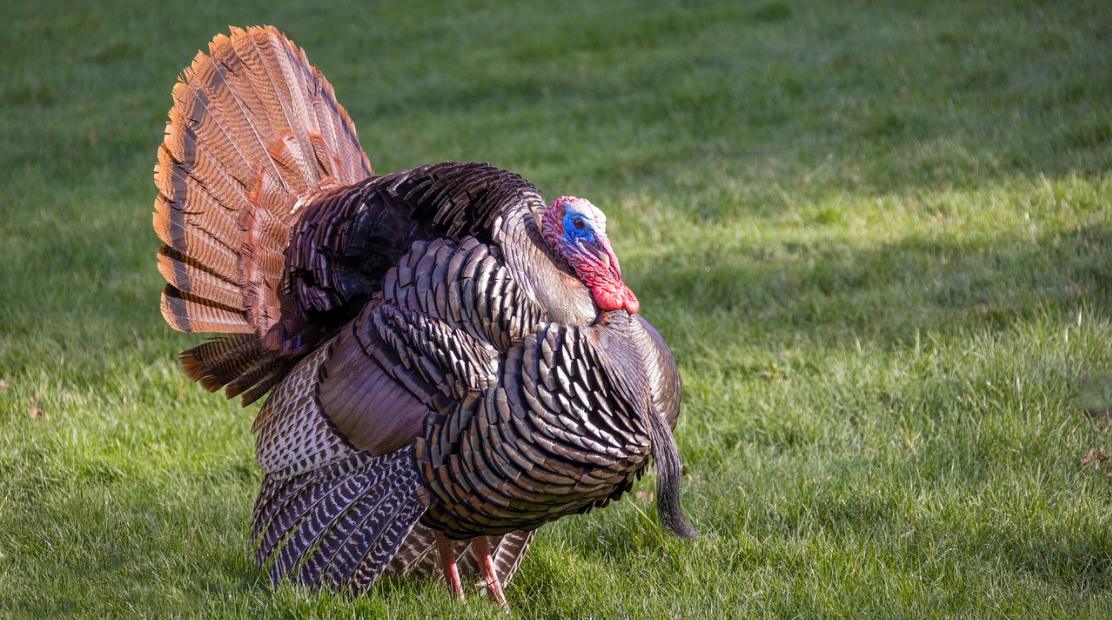




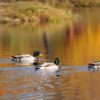
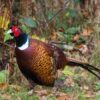
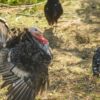
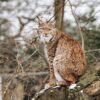

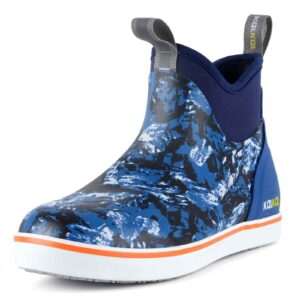


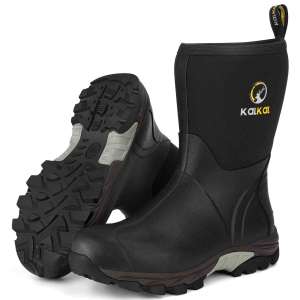




Leave a reply